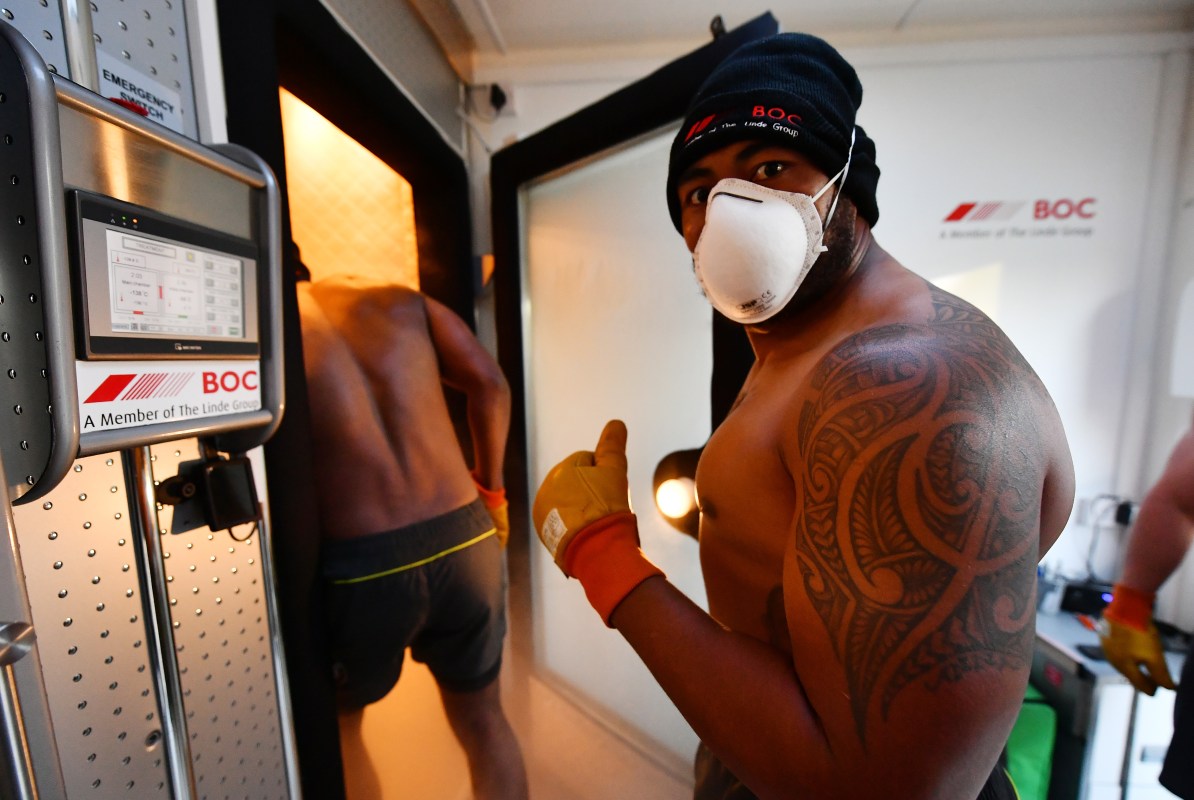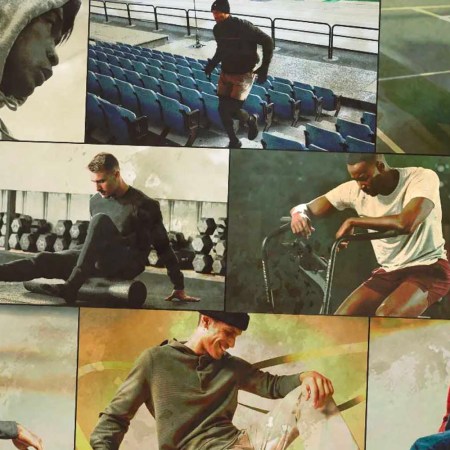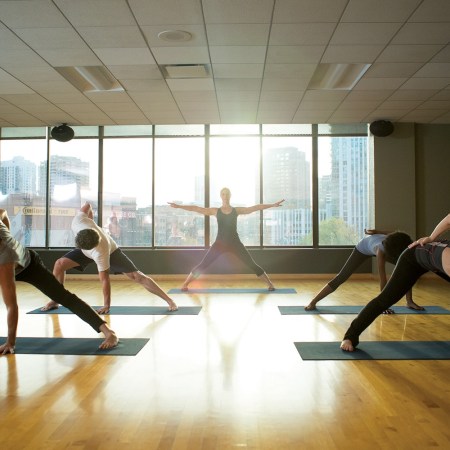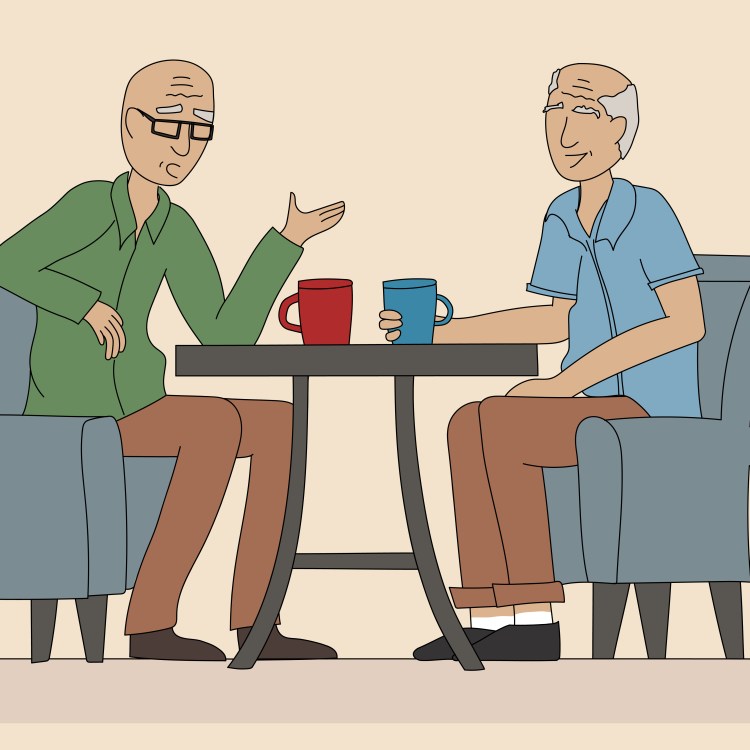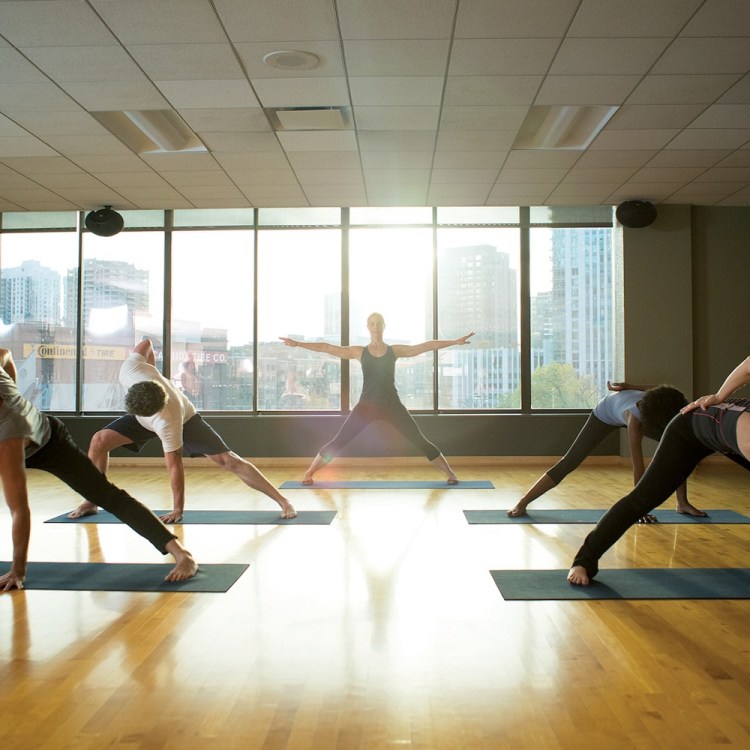Earlier this month, Oakland Raiders wide receiver Antonio Brown decided to enter a cryotherapy chamber in France with “improper footwear.” We don’t really know what that means. He could’ve been barefoot, he could’ve been wearing those goofy flip flops he promoted on Shark Tank a few years ago. Either way, his feet now look like they’re made of papier-mâché, and his timetable for a full recovery is unclear.
This incident has put cryotherapy manufacturers in the unenviable position of explaining Brown’s mistake, and reaffirming the safety of their product. While uninvolved, American-leading Cryo Innovations chimed in after Brown’s frostbite-heard-round-the-world, saying, “The Antonio Brown incident is the equivalent of running a mile in the snow, barefoot. When you go out in the snow, you put on snow boots. Likewise, you need to dress appropriately for a cryo session in order to avoid suffering unnecessary repercussions.”
Good for them. There’s a sizable (unsurprising) lack of public knowledge on cryotherapy, mainly because so few people have actually done it. Most have seen Youtube videos of LeBron hopping in the chamber, but that only makes the process seem even more mysterious, if not dubious — it’s tempting to throw it atop the bizarre, professional athlete pseudoscience pile along with cupping, wine baths, and the TB12 method.
But that would be a mistake. While there isn’t yet definitive science on the positive impacts of whole body cryotherapy, the practice is legit. I know, because I recently tried it out for myself. Michael Conlon, the owner of Finish Line Physical Therapy in New York, was kind enough to host me for a session, and, well … it was an experience. Find our thoughts below, plus a discussion on the science behind the therapy, and a look into the future of rehab fitness.
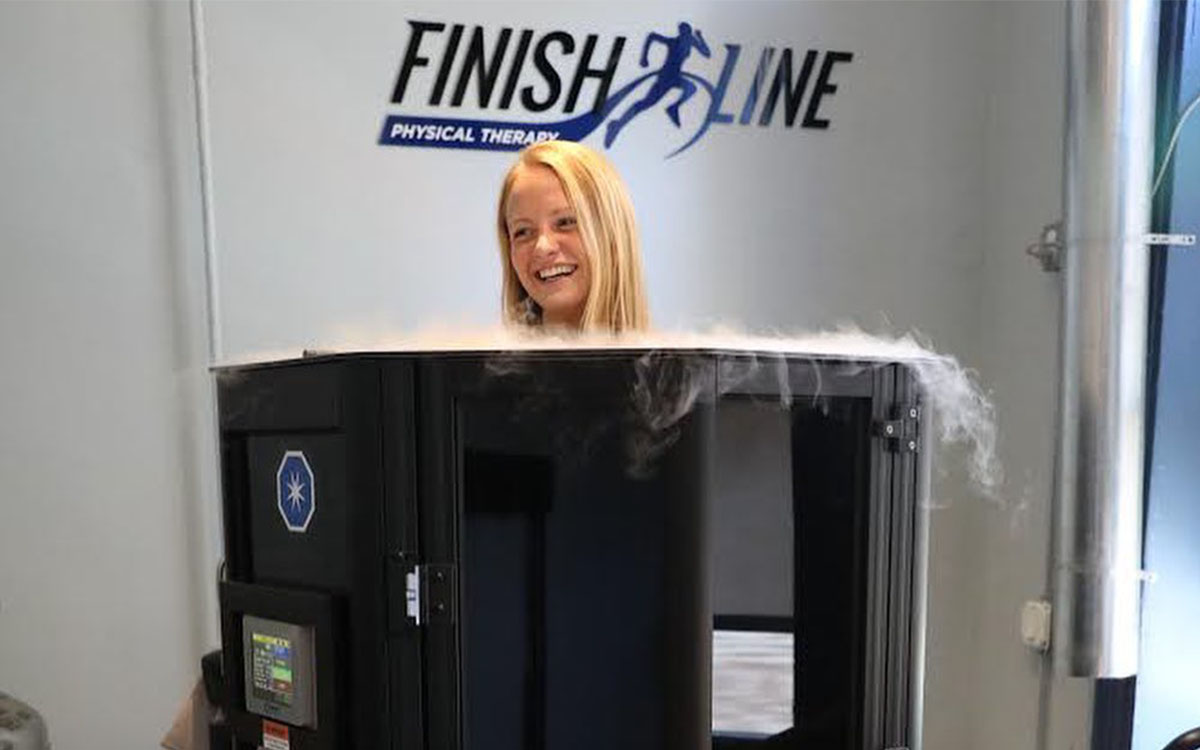
The Experience
Finish Line Physical Therapy is in the middle of what has become the unofficial fitness district in New York’s Flatiron neighborhood. There’s a Peloton across the street, which is next to an Orange Theory, which is next to a Rumble, which is next to … you get it. There’s a little more space in this part of town, and the wellness world has taken note. Finish Line takes up an entire floor and used a recent expansion to add its cryotherapy chamber, along with an infrared sauna and a studio dedicated to low-intensity bodyweight training for runners.
The entire center, in fact, is dedicated to runners; the patients are training for the same marathons as their trainers, and Finish Line’s marketing head, Cat Nadeau, leads me past anti-gravity treadmills (bubble-ensconced treadmills that take weight off the joints, similar to pool running), monitors that analyze gait and over-pronation, NormaTec recovery systems that inflate and constrict around legs and arms to regulate blood flow, and the house dogs, fighting over a bone. (It’s just that kind of place.)
Cat and Michael get me set up for the cryotherapy chamber. It’s shaped like one of those octagonal European showers, tinted black, and hitched up to a pair of nitrogen-cooling tanks. Michael fires it up (it needs to run a cool-down session or two, in order to … warm up), and I strip down to my boxer briefs. This is the crucial part, the part that Antonio Brown, and sprinter Justin Gatlin, who got frostbite back in 2011, apparently didn’t deem all too important. You have to put on a pair of dry, shin-length socks, slip your feet in neoprene shoes, then double-glove it, too. Best to bring a fresh pair of boxer briefs — any sweat going on down there from the commute in could cause issues inside the chamber.
Michael tells me I’m ready to go, and the machine rumbles to a start, hissing nitrous vapor past my nose. I’m advised to stand in the very middle of the chamber, and to rotate like a rotisserie chicken (careful not to touch the icy interior walls) in order to better stomach the cold. Michael’s set it to Level 1, which means it won’t get colder than -135 °F; Levels 2 and 3 spiral down to temperatures of -155 °F and -185 °F, respectively. I can’t tell you what -185 feels like, but -135 was plenty. The usual toes in the water approach I’ve ever applied to cryotherapy (applying an ice pack to my shoulder, lowering myself into an ice bath), loses meaning here. The numbness is immediate, all-encompassing, and seems to invade the interior of the body, setting up shop deep in my bones.
Determined to be a trooper, I lobby a few weak jokes, and continue my turning. Luckily, the entire session is only three minutes (no matter the temperature you enter at), so it goes quickly. Finally, the machine stops hissing vapor, Michael tosses me my robe, and I wiggle my toes, pleased to see that they still exist.
The Effects
Both Michael and Cat had spoken to me about the sense of “alertness” a patient feels after a whole body cryotherapy experience. They weren’t making it up. If you’ve ever taken a cold, “Scottish” shower, you know that an intense burst of freezing water does wonders for a quick wake-up. Cryotherapy is that on steroids. Han Solo might’ve been weak and floundering when he burst free from his frozen capsule; I felt ready to have the best lift of my life.
This is partly why, in fact, Finish Line recommends 15-20 minutes of physical activity directly after a session in the cryotherapy chamber. It directly complements the science behind the practice. What I experienced within the chamber, to the best understanding of my body, was the onset of death. As Michael explains to me: at such otherworldly temperatures, the body preserves itself the only way it knows how. It rushes to defend vital organs centered around the core. This scramble to protect the heart, lungs, and neighboring organs happens as blood vessels in the arms and legs constrict. The blood that flows to the center, then, essentially “flushes” the system and provides an unnaturally helpful refresher. It brings protein-rich nutrients that encourage muscle recovery.
When you step out of the chamber, your body is still grappling with that extreme vasoconstriction, and it sends abnormally oxygenated blood back to your muscles. For the athletes who rely on cryotherapy for relief in their sore muscles, this is the magical moment. It’s a moment that can continue for several hours, and once you’re on a regular routine (four days a week of whole body cryotherapy), almost all the time.
Of course, there are skeptics. Michael among them. He literally owns the chamber, and was quick to point out to me that there isn’t any conclusive, long-term scientific evidence that whole body cryotherapy is restorative for athletes. (While Japan pioneered WBC in the late 1970s, iterations that have risen to popularity in the States only came about this decade.) The purported short-term benefits, though — anti-inflammatory properties, heightened athletic performance, improved mood — have had some corroborating scientific studies. You can read the dense text for yourself here, here, and here.
For the most part, the benefits of cryotherapy are extolled anecdotally, in casual conversation. Runners who make a habit of the practice (Finish Line has an unlimited monthly membership for $349) report that it helps eliminate lactic acid build-up, while alleviating the general soreness that comes with running anywhere from four to 10 miles a day. If one thing’s for certain, it’s easier to hop in and out of a cryotherapy chamber than submerge oneself in an ice bath. I was a runner in high school, and took two ice bathes a week for several years. I hated it. To achieve a fraction of what cryotherapy offers in three minutes, you need to stay in an ice bath for over 15 minutes. And stepping into that water was way more painful, trust me.
While reserved for LeBron and your neighborhood triathlete to this point, cryotherapy and other rehab toys seem destined to hit the mainstream eventually. Michael mentioned to me that during his wife’s pregnancy, she found relief in wearing the NormaTec sleeves every single night. Think about it. That anti-gravity treadmill could be a revelation for aging men with knee replacements. Cryotherapy might be a godsend for a lifter with back issues. Cat even mentioned to me that stepping into the chamber after a long night out makes for a decent hangover cure.
We’re a long way from seeing cryotherapy chambers at every corner gym. Installation starts at $25,000. But they’re becoming more common at physical therapy centers around the country, and most maintain a reasonable first-time, single-use rate. Go try it for yourself. And please, for the love of our eyes (and stomachs), put on a pair of socks when you do.
Whether you’re looking to get into shape, or just get out of a funk, The Charge has got you covered. Sign up for our new wellness newsletter today.
